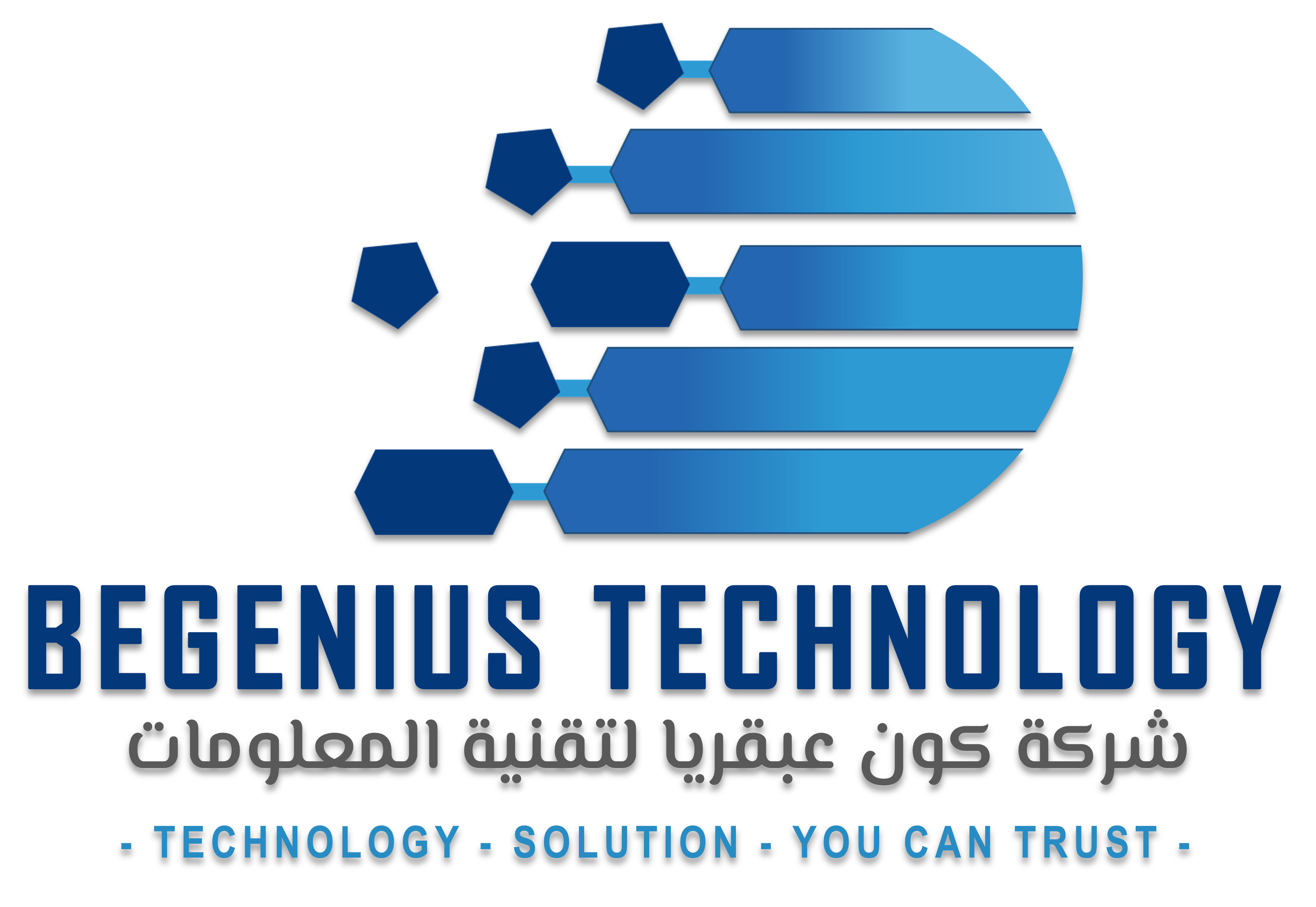
Smart vehicle verification
The Challenge: Smart Vehicle Verification Security departments face significant challenges in vehicle verification at entrances and parking areas. Traditional methods and manual processes lead to: Traffic Congestion: Manual procedures cause entry and exit delays. Entry Delays: Visitors and beneficiaries experience slowdowns reaching their destinations. High Operating Costs: Reliance on extensive staffing increases expenses. Verification Speed and Accuracy Gaps: Faster, more accurate vehicle identity verification is needed. Lack of Comprehensive Coverage: Insufficient monitoring of all entrances and critical locations. Weak Emergency Response: Difficulty quickly identifying suspicious or violating vehicles. Inefficient User Experience: Service delays and increased wait times impact users. The Core Challenge: Innovate a smart and secure technology solution – such as drone-based verification – to expedite vehicle verification, enhance operational efficiency, and improve user experience. Key Objectives: Faster and more accurate vehicle verification. Reduced operational costs through automation. Comprehensive coverage of entrances and critical areas. Improved emergency response capabilities. Seamless entry and exit for users. Automated alerts for unauthorized vehicles in parking areas (outside business hours or unregistered).
